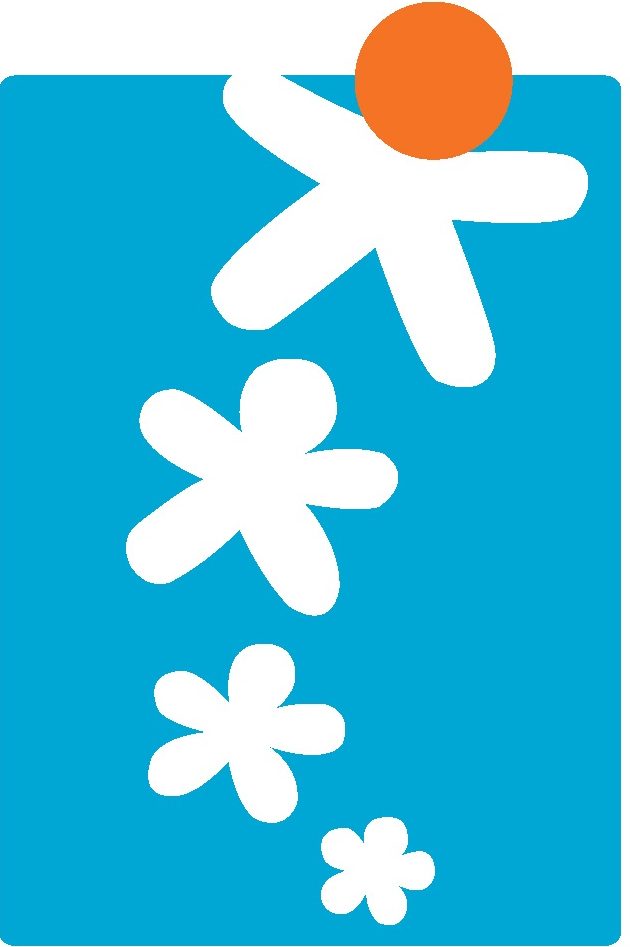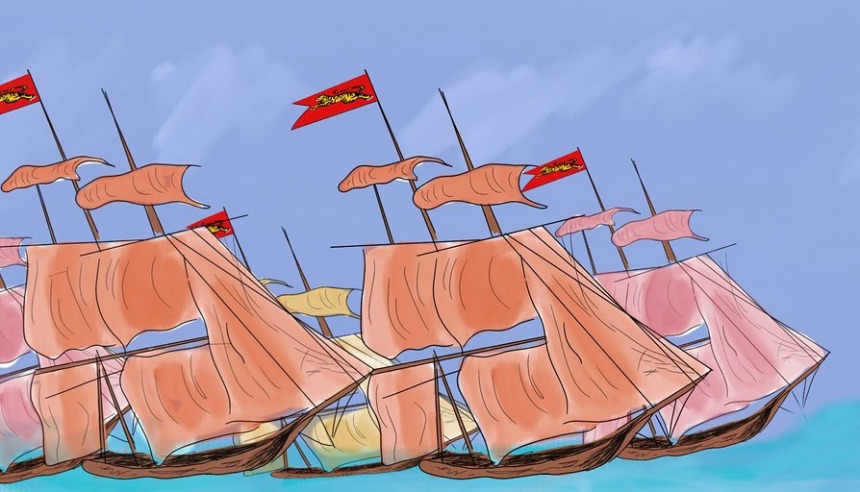The Forbidden Temple-Stories from the Past written by T.V. Padma and illustrated by Bhavana Vyas, is a collection of ten fictional stories which present history, along with facts. The highlight of this book are the protagonists chosen for each story, that are children. The inspiration for the author to do so comes from her own curiosity to know about the past. She writes, ‘As a child, I often wondered what everyday life was like for people who lived long ago.’ Thus you see stories revolving around children and their lives in different historical epochs.

Starting from the time when humans were hunter gatherers till the Indian independence, the author has tried to give us a peek into what the society was in some of the most well known historical period. The author closely follows the chronology of Indian history and through each story gives us a glimpse of the progression made by humans and how society evolved and changed with time.
The focus is Indian history, however, the author has subtly shown an interconnection between various other parts of the world (their people and culture) and India in different periods. Clearly stating that history of a country cannot be seen in isolation. The book stands out for me because each story highlights the daily life of the people and different aspects of a common man’s life.
It begins from a child belonging to a hunting gathering society, his desire to be a part of the hunters of his group and maybe how humans developed association with dogs. The author moves on to show how a teenager in a Harappan village desperately wants to visit the city of Mohenjodaro. And finally when the day comes, he goes with his father to the city not only for a visit but also to trade a small bag of grain on his own and shop anything for himself. Through the boy’s visit to the city, the author beautifully weaves in the important features of the Indus Valley civilization, too.
The author through the next story gives us an opportunity to empathize with a child whose father was a Greek sculptor and mother an Indian. Though born and brought up in India, due to his Greek features the child struggles to find belongingness in his own country. This reflects the challenges many of his kind might have faced in those times. Moving ahead we come to the Gupta period when people like Varahmihra, Aryabhatta, Kalidasa, Susruta, Dhanvantri and others were making important contributions in field of Science, Art, Literature, Biology etc. Through this story the writer has tried to raise an important question on how did this influence what children dreamt to be in their lives?
The stories ahead might be answer to questions like were there system of education which were similar to today’s boarding schools? What kind of education did people seek in circa 6th century CE? What kind of people/children came to the famous educational institutes in India and how were their lives? With time as the society gets divided into varnas how does it change the life of an artisan and can children feel the discrimination created by the varna system? The author touches the passion and desires the children might have developed as she shows through the story of a child who is passionate about building large ships, just like the Cholas and wishes to sail to the distant lands. When talking of the Mughal period, the author choses to talk about the status of girls in the Mughal period. She writes the story of a girl whose love to see and play chaugan1 is restrained by societal norms and traditions and what she does to achieve her desires.
Independence stories and narratives are known to children even when they are not exposed to history as a subject per say. But hardly do we have stories of independence which talk of children as freedom fighters because mostly historians have not considered that life of common people could be of great significance to history writing. T.V. Padma through her last story compels you think of why do we never talk of children in the freedom struggle. Where were they? Did they have no contribution to India’s freedom?
The book was for sure fun to read and it brings forth varied views to look at the history of one place. Textbook history or history that is mostly accessible to people is devoid of the history of the common man. History in general deals with the achievements, desires and acts of kings, administrators or bureaucrats but hardly the desires, actions or achievements of the common person is written about. While reading this book, I felt the need of introducing and developing more such stories for children.
These stories hold a lot of capacity to touch a child’s imagination. Won’t it be easy for a child to resonate to the thoughts of child whose story s/he is reading. History which already deals with so many things abstract to the child, I now wonder how difficult it would be for children to empathize with adult of the past. Not saying that we should not talk of them at all but maybe we need study or research around life of children in different historical periods.

Also, such stories can help children develop amiable attitude towards history. They might help us make history relevant to children which otherwise is least relevant or a friendly subject for kids.
Each story in the book is accompanied with interesting facts (see Image A) of the period which also helps understand the stories better. In the beginning of each story, there is context setting and a question to trigger your curiosity. The book in the end provides series of critical questions and exercises which will lead to enquire more about a period.
I hope that in planning my lessons and while engaging with students in class I am able to use these strategies and engage children to think as historians.
Padma Venkatraman (2004). The Forbidden Temple- Stories from the Past. Delhi: Tulika.
Illustrartor is Bhavna Vyas.
Notes
- A game similar to polo. To know more click on the link here below. https://economictimes.indiatimes.com/special-report/history-of-the-legendary-game-polo/articleshow/7045668.cms?from=mdr

